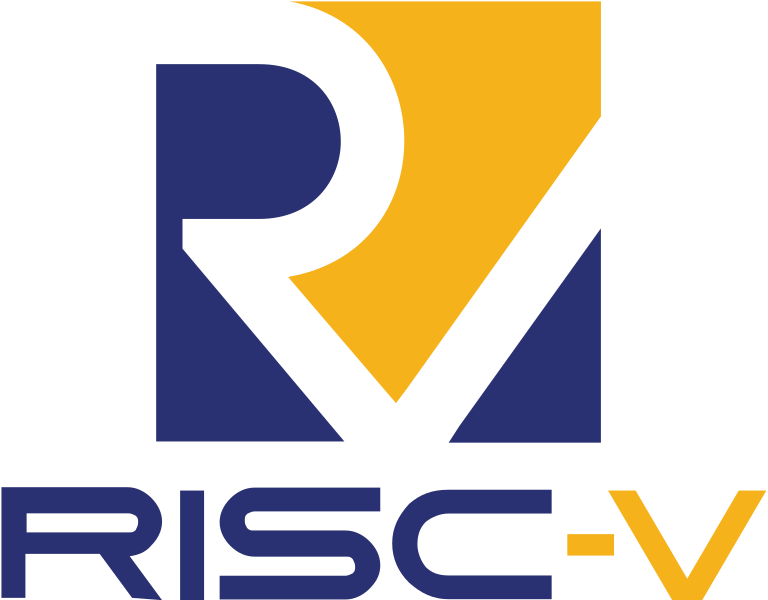How to improve the RISC-V specification
 My main project is to create an executable spec of the Intel Architecture
but, every now and then, I get to take a broader look at ISA specifications
and think about the strengths and weaknesses of other ISA specs:
what makes them work well; and what techniques they could borrow
from other specifications.
Earlier this month, someone asked me for my thoughts on the RISC-V
specification and I thought that it would be useful to share
what I found out.
My main project is to create an executable spec of the Intel Architecture
but, every now and then, I get to take a broader look at ISA specifications
and think about the strengths and weaknesses of other ISA specs:
what makes them work well; and what techniques they could borrow
from other specifications.
Earlier this month, someone asked me for my thoughts on the RISC-V
specification and I thought that it would be useful to share
what I found out.
 I was long overdue to attend a conference in person: the last conference I attended was
I was long overdue to attend a conference in person: the last conference I attended was  Programming languages provide modules as a way of splitting large programs
up into small, separate pieces.
Modules enable information hiding that prevents one part of the program
from using and becoming dependent on some internal detail of how
other parts of the program are implemented.
Almost every major language designed in the last 50 years has some
form of module system.
Programming languages provide modules as a way of splitting large programs
up into small, separate pieces.
Modules enable information hiding that prevents one part of the program
from using and becoming dependent on some internal detail of how
other parts of the program are implemented.
Almost every major language designed in the last 50 years has some
form of module system. I’ve spent the
last couple of years working at Google Research. For the first 5–6 months, I
was working in London in an office nestled between King’s Cross station and
the iconic St Pancras station. This location was ideal for me because I was
still living in Cambridge at the time and it was a very easy journey to
either of these stations from Cambridge.
I’ve spent the
last couple of years working at Google Research. For the first 5–6 months, I
was working in London in an office nestled between King’s Cross station and
the iconic St Pancras station. This location was ideal for me because I was
still living in Cambridge at the time and it was a very easy journey to
either of these stations from Cambridge. There are lots of hard problems in industrial research
but one of the hardest is timing.
If you start a project too early, your users
are focused on other problems and don’t yet feel a
need for your solution.
And, if you start a project too late, your
users have already hit the problem and you
have to work round whatever solution they have
found.
And so it is with this project.[^but-also-other-things]
At the moment, our potential users are still working on all the things
you must have to support a new language in a large company
and there is not a strong pull for a new, unproven research
idea.
So, as we close the project down, I thought it would be good
to have a bit of a retrospective on what the project was
trying to do and how.
There are lots of hard problems in industrial research
but one of the hardest is timing.
If you start a project too early, your users
are focused on other problems and don’t yet feel a
need for your solution.
And, if you start a project too late, your
users have already hit the problem and you
have to work round whatever solution they have
found.
And so it is with this project.[^but-also-other-things]
At the moment, our potential users are still working on all the things
you must have to support a new language in a large company
and there is not a strong pull for a new, unproven research
idea.
So, as we close the project down, I thought it would be good
to have a bit of a retrospective on what the project was
trying to do and how. To conclude this series on using
To conclude this series on using  A lot of our work over the last year was on
A lot of our work over the last year was on  Last year, I wrote
Last year, I wrote  Rust is able to call C code using the FFI (Foreign Function Interface).
This note describes how to verify crates that consist of a mixture of
Rust code and C code that is built using a
Rust is able to call C code using the FFI (Foreign Function Interface).
This note describes how to verify crates that consist of a mixture of
Rust code and C code that is built using a
 One important difference between C and Rust is that the C main function expects
to be given a list of command line arguments via
One important difference between C and Rust is that the C main function expects
to be given a list of command line arguments via 


